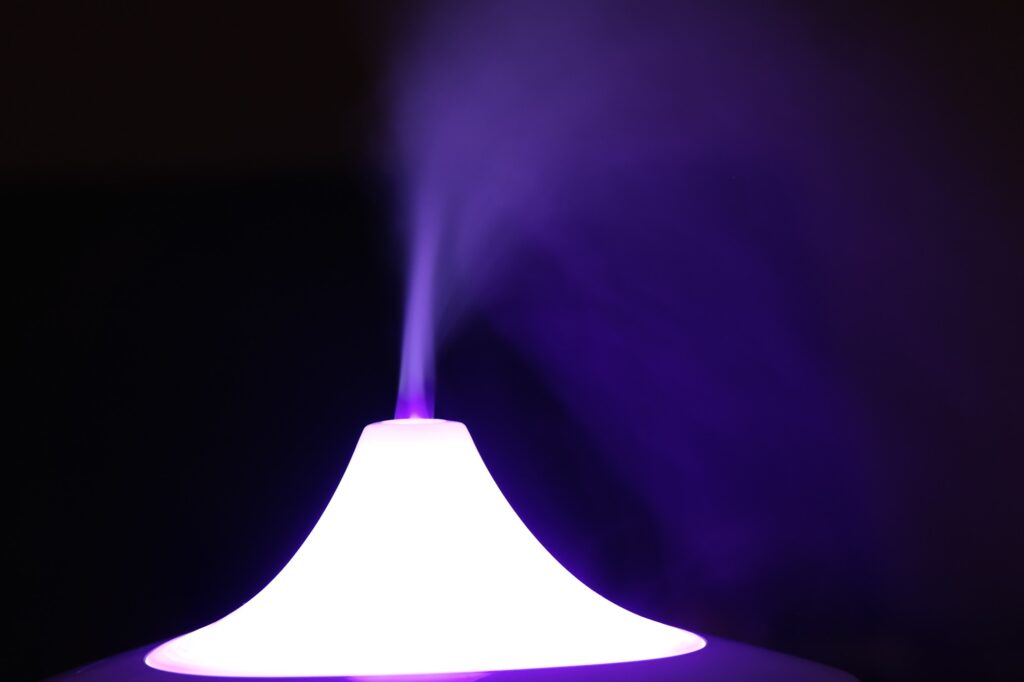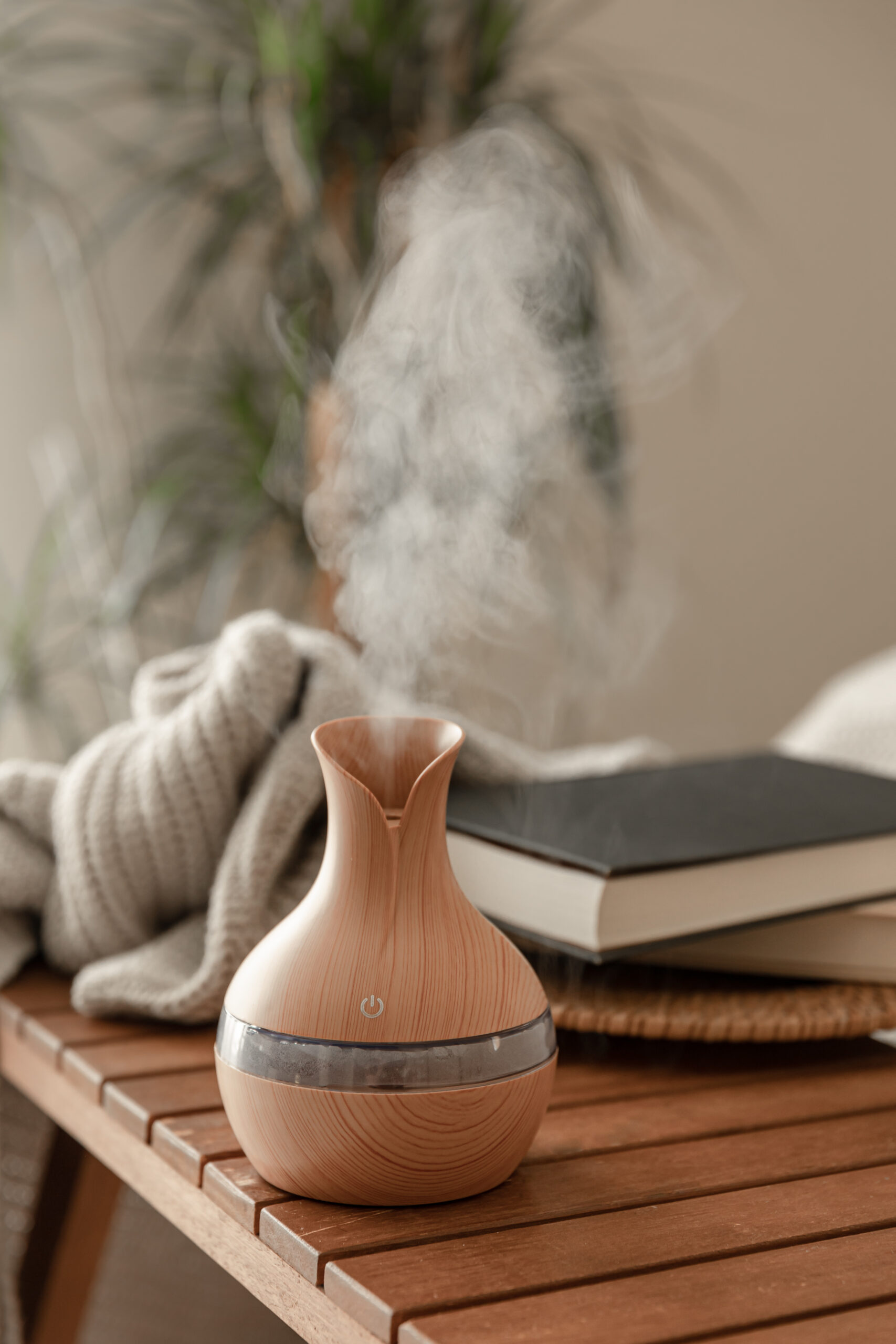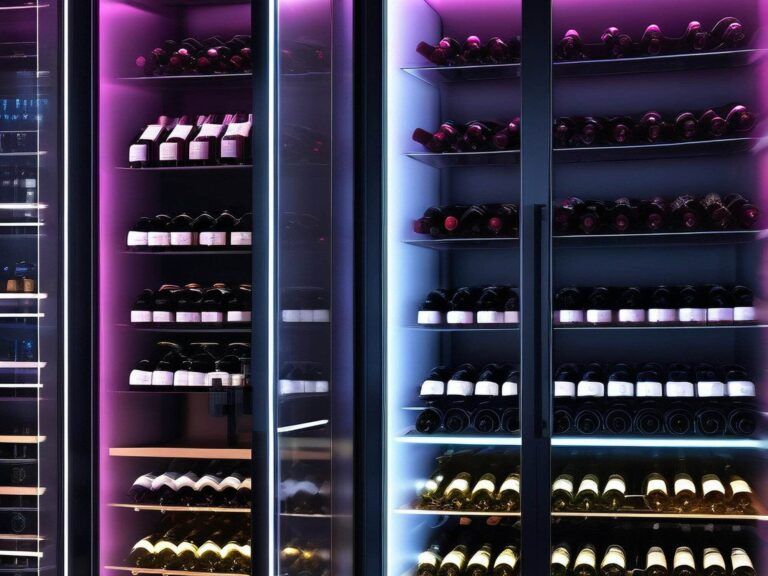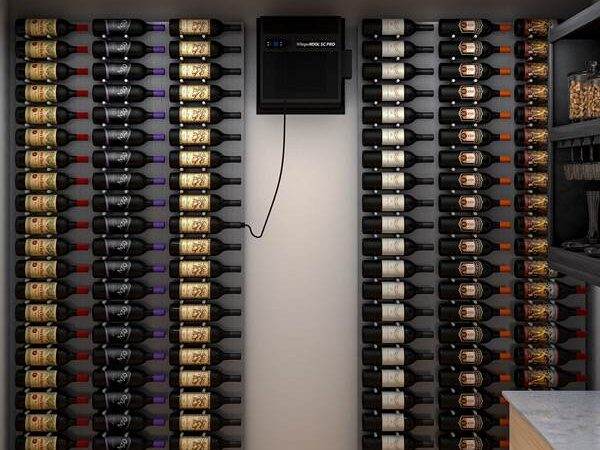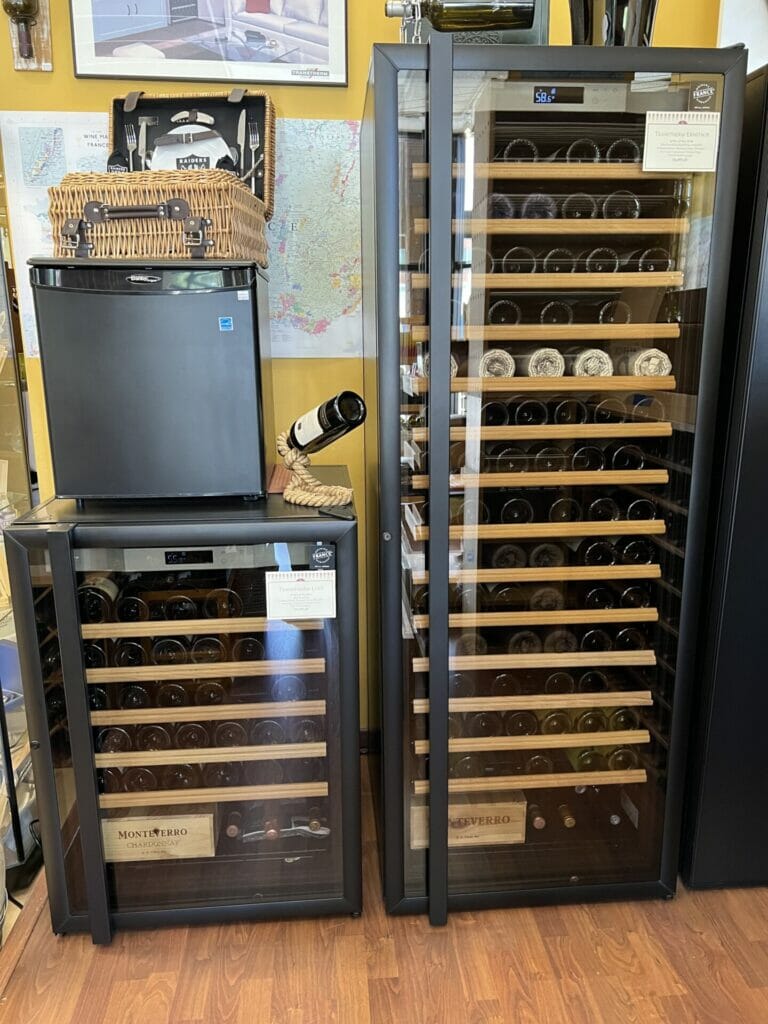When to add active humidification in Bay Area dry seasons
The Bay Area, known for its stunning vistas and diverse climate, experiences distinct dry seasons that can significantly impact the environment and its inhabitants. Typically, the dry season spans from late spring through early fall, characterized by minimal rainfall and increased temperatures. During this period, the region’s humidity levels can drop considerably, often falling below the ideal range for both comfort and health.
This phenomenon is particularly pronounced in areas that are more exposed to the sun and wind, leading to a dry atmosphere that can affect everything from personal comfort to the structural integrity of homes. As the dry season progresses, residents may notice a range of effects stemming from the lack of moisture in the air. The combination of warm temperatures and low humidity can create an uncomfortable living environment, leading to dry skin, irritated sinuses, and other health-related issues.
Additionally, the impact on indoor air quality can be significant, as dry air can exacerbate allergies and respiratory problems. Understanding these seasonal changes is crucial for residents who wish to maintain a comfortable and healthy living space throughout the year.


Key Takeaways
- The Bay Area experiences dry seasons during the summer and fall, leading to low humidity levels.
- Low humidity can cause health issues such as dry skin, irritated respiratory system, and discomfort.
- Signs that your home needs active humidification include frequent static electricity, dry and cracking wood furniture, and uncomfortable dry air.
- Types of active humidification systems include evaporative, ultrasonic, and steam humidifiers.
- When considering adding active humidification, factors to consider include the size of the space, maintenance requirements, and energy efficiency.
Effects of Low Humidity on Health and Comfort
Physical Health Concerns
These symptoms are not merely cosmetic; they can lead to more serious health issues if left unaddressed. For instance, dry air can irritate the respiratory tract, making individuals more susceptible to colds and other infections. Furthermore, low humidity can exacerbate existing conditions such as asthma or allergies, leading to increased discomfort and health risks.
Mental Well-being and Daily Life
In addition to physical health concerns, low humidity can also affect mental well-being. A dry environment can lead to feelings of fatigue and irritability, making it difficult for individuals to concentrate or enjoy their daily activities. The discomfort caused by dry air can disrupt sleep patterns as well, leading to a cycle of fatigue that further impacts overall quality of life.
The Importance of Optimal Humidity Levels
Recognizing these effects is essential for residents in the Bay Area, as it underscores the importance of maintaining optimal humidity levels within their homes.
Signs That Your Home Needs Active Humidification
Identifying the need for active humidification in your home can be straightforward if you know what signs to look for. One of the most common indicators is the presence of dry skin or chapped lips among household members. If you find yourself constantly applying moisturizer or lip balm, it may be time to consider adding humidity to your living space.
Additionally, frequent nosebleeds or persistent coughs can signal that the air in your home is too dry, prompting a need for a humidification solution. Another telltale sign is the condition of your home’s furnishings and decor. Wooden furniture may begin to crack or warp in excessively dry conditions, while wallpaper can peel away from walls due to lack of moisture.
If you notice static electricity becoming a frequent annoyance—such as when you touch metal objects or when your hair stands on end—this could also indicate low humidity levels. By paying attention to these signs, homeowners can take proactive steps to improve their indoor environment.
Types of Active Humidification Systems
When it comes to active humidification systems, there are several options available to suit different needs and preferences. One popular choice is the steam humidifier, which generates steam that is then released into the air. This type of system is particularly effective in larger spaces and can quickly raise humidity levels.
Steam humidifiers are often used in conjunction with central heating systems, allowing for even distribution throughout the home. Another option is the evaporative humidifier, which uses a fan to blow air through a wet wick or filter. This method is energy-efficient and self-regulating; as humidity levels rise, the evaporation process slows down naturally.
For those seeking a more portable solution, ultrasonic humidifiers are an excellent choice. These devices use high-frequency vibrations to create a fine mist that disperses into the air, making them ideal for smaller rooms or specific areas within a home. Each type of humidification system has its own advantages and considerations, allowing homeowners to choose one that best fits their lifestyle and needs.
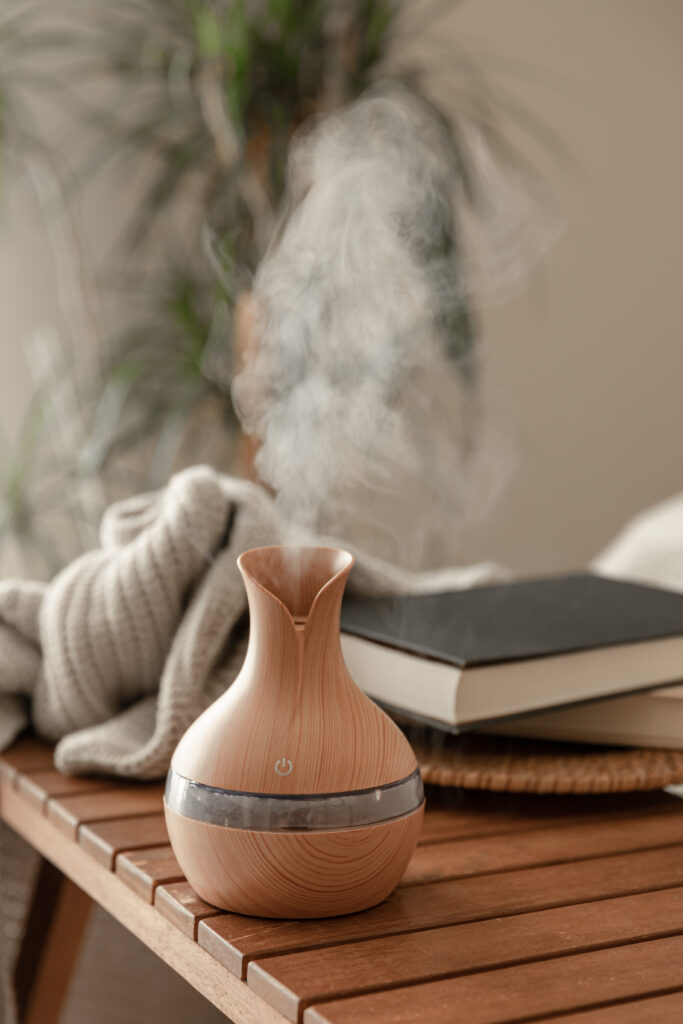
Considerations for Adding Active Humidification
Before investing in an active humidification system, there are several factors to consider that will ensure you make an informed decision. First and foremost is the size of your space; larger areas may require more powerful systems or multiple units to achieve desired humidity levels effectively. Additionally, consider your existing heating and cooling systems; some humidifiers work best when integrated with these systems for optimal performance.
Another important consideration is maintenance requirements. Different types of humidifiers have varying levels of upkeep; for instance, steam humidifiers may require regular cleaning to prevent mineral buildup, while evaporative models need filter replacements at intervals. Understanding these maintenance needs will help you choose a system that fits seamlessly into your lifestyle without becoming an additional burden.
Lastly, budget constraints should also be taken into account; while some systems may have higher upfront costs, they could save money in energy bills or health-related expenses in the long run.
Maintaining Optimal Humidity Levels
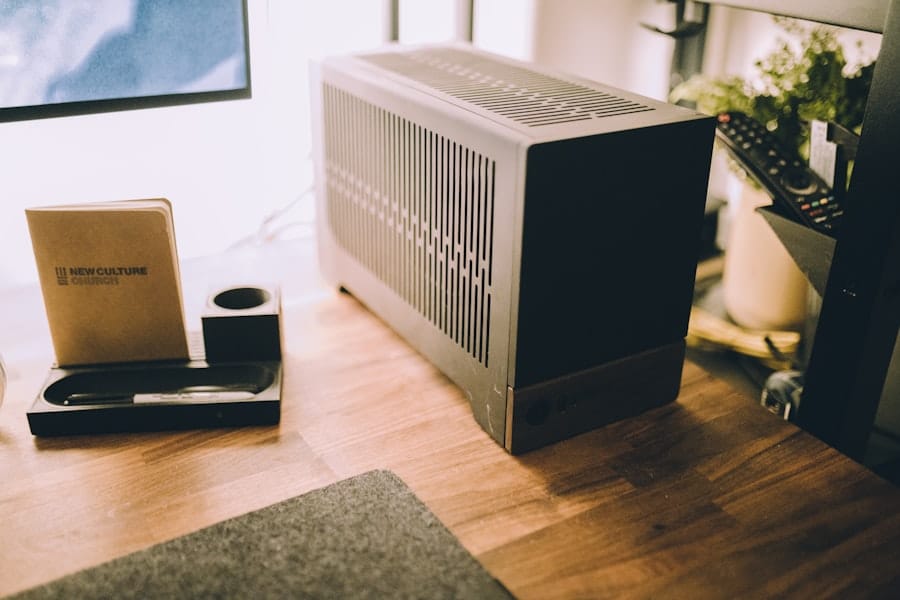
Once an active humidification system has been installed, maintaining optimal humidity levels becomes essential for ensuring comfort and health benefits. Ideally, indoor humidity should be kept between 30% and 50%. To monitor these levels accurately, investing in a hygrometer can be beneficial; this device measures humidity levels in real-time and allows homeowners to make adjustments as needed.
Regular maintenance of your humidification system is also crucial for optimal performance. This includes cleaning components according to manufacturer guidelines and replacing filters when necessary. Additionally, it’s important to keep an eye on external factors that may influence indoor humidity levels, such as weather changes or increased use of heating systems during colder months.
By staying proactive about these aspects, homeowners can create a consistently comfortable living environment.
Benefits of Active Humidification in the Bay Area
The advantages of implementing an active humidification system in Bay Area homes extend beyond mere comfort; they encompass health benefits as well. By maintaining optimal humidity levels, residents can reduce the risk of respiratory issues and allergies exacerbated by dry air. This is particularly important in a region where seasonal changes can lead to fluctuations in air quality.
Moreover, active humidification contributes positively to the longevity of home furnishings and structures. Wood floors and furniture are less likely to crack or warp when humidity levels are properly regulated, preserving their aesthetic appeal and functionality over time. Additionally, maintaining balanced humidity levels can enhance energy efficiency; properly humidified air feels warmer during colder months, potentially reducing heating costs.
Overall, investing in active humidification offers a multifaceted approach to improving both health and home maintenance.


Consulting with a Professional for Humidification Solutions
For those considering active humidification solutions but feeling overwhelmed by options or technical details, consulting with a professional can provide invaluable guidance. Experts in HVAC systems or indoor air quality can assess your specific needs based on your home’s layout, existing systems, and personal preferences. They can recommend suitable products tailored to your situation while also providing insights into installation processes and maintenance requirements.
Additionally, professionals can help troubleshoot any existing issues related to humidity levels in your home. Whether it’s identifying sources of excessive dryness or suggesting modifications to improve airflow and moisture retention, their expertise can lead to more effective solutions than trial-and-error approaches. Ultimately, enlisting professional help ensures that you make informed decisions that enhance your living environment while maximizing comfort and health benefits throughout the year.
FAQs
What is active humidification?
Active humidification is a method of adding moisture to the air using a device such as a humidifier. This can help to increase the humidity levels in indoor spaces, which is especially important in dry climates.
When is the dry season in the Bay Area?
The dry season in the Bay Area typically occurs during the summer and early fall months, from around June to October. During this time, the region experiences lower humidity levels and drier air.
Why is it important to consider adding active humidification during the dry season in the Bay Area?
Low humidity levels can lead to a range of issues such as dry skin, irritated respiratory passages, and damage to wooden furniture and musical instruments. Adding active humidification can help to alleviate these problems and create a more comfortable indoor environment.
What are some signs that active humidification may be needed during the dry season in the Bay Area?
Signs that active humidification may be needed include dry, itchy skin, increased static electricity, frequent static shocks, and cracking or warping of wooden furniture or musical instruments.
What are some common types of active humidification devices?
Common types of active humidification devices include evaporative humidifiers, ultrasonic humidifiers, and steam vaporizers. These devices work by adding moisture to the air in different ways, such as through evaporation or by creating a fine mist.
How can I determine if I need to add active humidification to my indoor space during the Bay Area dry season?
You can use a hygrometer to measure the humidity levels in your indoor space. If the humidity levels are consistently below the recommended range of 30-50%, it may be beneficial to consider adding active humidification.
